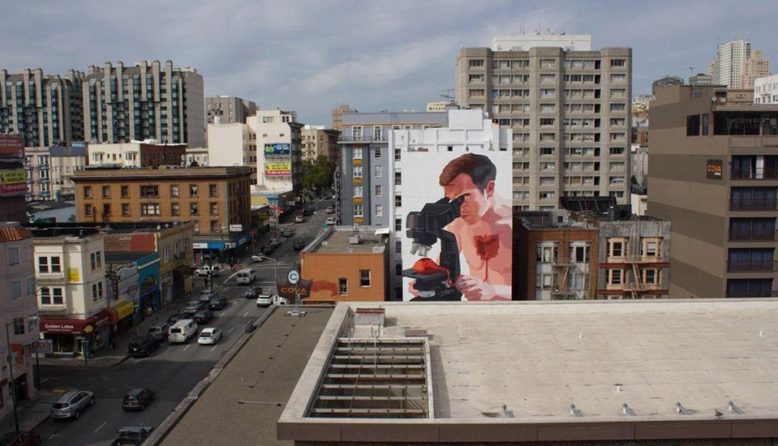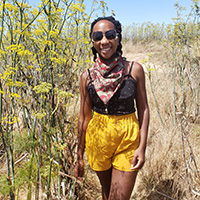Know before you go: Want to visit the places recommended in this article? With local regulations changing frequently, it’s a good idea to check the web site of any attraction or business to make sure it’s open before you go.
Every major city in the world has that neighborhood: the one that’s a little rough around the edges, that has the interesting characters, and that the guide books might tell you that you can skip. But sometimes these places can also have the most interesting histories, offer great insights into the way that a city came to be, and introduce you to more local flair than you’ll find on the beaten tourist path.
Some people will tell you that San Francisco’s “that neighborhood” is the Tenderloin, a section of downtown bordered by Geary Street to the north, Market Street to the south, and Mason Street and Van Ness Avenue to the east and west respectively. Just like the rest of the City by the Bay, these few blocks are steeped in a colorful history filled with equal smatterings of optimism, rule bending, and activism. But today, this island in SF’s growing sea of gentrification has become easy to misunderstand; its glory days often feel as if they’ve faded into the past.
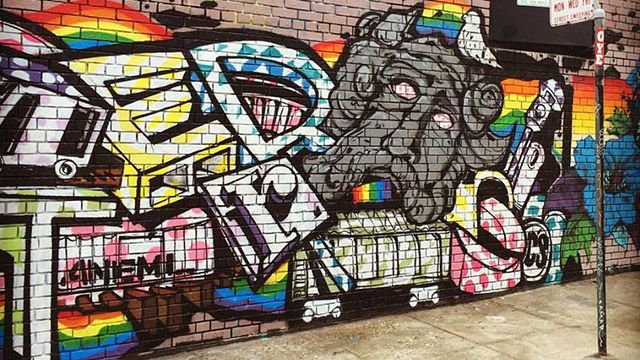
Opened in the heart of the neighborhood in 2015, the Tenderloin Museum is shifting those perceptions for both locals and visitors. The next time you’re visiting San Francisco, try popping into the museum yourself for a little bit of background knowledge. After an afternoon spent here, you may just see the neighborhood’s rough edges start to soften.
What’s in a name?
There are many different theories about where the Tenderloin got its name, and in case you’re wondering, yes, most of them do have to do with meat. The consensus seems to be that the name was first coined by police Captain Alexander S. Williams around 1931 when corruption was rife in the area. At the time, it was said that officers who accepted bribes could then afford more expensive cuts of beef for their dinner tables. But long before its decades of catering to lawlessness and the so-called immoral vices of the day, the Tenderloin was a fairly residential neighborhood with wood buildings and homes.
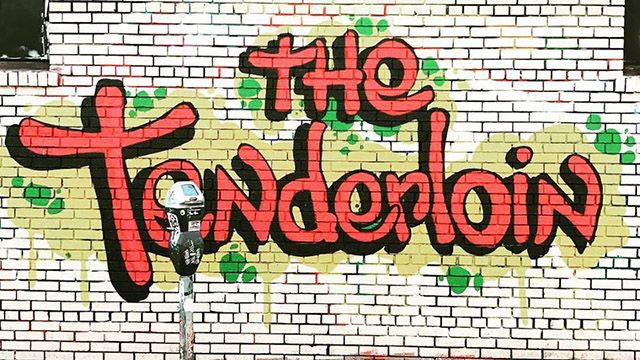
It was only after the city’s infamous 1906 earthquake that the area started attracting single workers who could live in newly built Single Room Occupancy Hotels. With the new accommodations came bathhouses, more restaurants, and the beginnings of women’s liberation, sparked by young females who were living by themselves for the first time. By the time the Roaring ’20s rolled around, the area was notorious for its nightlife: gambling, speakeasies, restaurants, theaters, and all manner of after-dark vices.
A home for rebels
The Tenderloin’s liveliness has long been a natural attraction for musicians, who used to take up residency in the neighborhood’s many local venues. Jazz artists found a home at Black Hawk (on the corner of Turk and Hyde Streets), and it became known as the spot to catch the hottest acts in the ’50s and ’60s. Legendary performers including Thelonious Monk, John Coltrane, and Miles Davis recorded live albums here, and the spot was Billie Holiday’s last west coast club date.
Across the road from Black Hawk, at Eddy and Turk streets, music producer Wally Heider opened up a recording studio in the late ’60s that would also contribute its fair share to pop cultural history. Popular acts of the time, including Jefferson Airplane, The Grateful Dead and Creedence Clearwater Revival cut a few albums at what was then known as the Wally Heider Studios (later known as Hyde Street Studios). By the time Heider sold it in 1978, it had produced some of the greatest music of the era.
Along with the eclectic artists and performers came gay and transgender individuals, who found solace in the non-judgmental streets of the Tenderloin. Today, the Castro neighborhood may be known as San Francisco’s LGBTQ hub, but back in the day, it was in the TL that people could feel the freest being themselves. This was home to some the city’s first gay bars and clubs, and one of the nation’s original gay organizations, known as the Vanguard.
A home for all
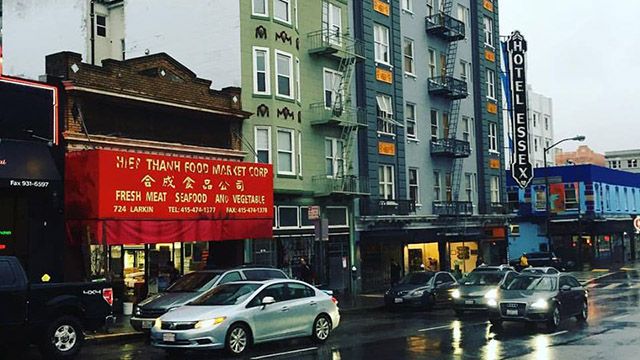
The Tenderloin has long been home to San Francisco’s outcasts and outlaws, but it has also served as a welcoming home to the downtrodden and out of luck. In the post-Vietnam War ’70s, the Tenderloin became a refuge for immigrants from Vietnam, Cambodia, and Laos. The area’s low-cost housing made it affordable for refugees, and for the first time in many decades, the Tenderloin became a place for families, with more children than ever before. People opened up grocery stores and restaurants, and today you’ll still find much of the best Southeast Asian food in the city here. There’s even a little monument to mark the entrance to an area of the Tenderloin known affectionately as Little Saigon.
These days, the Tenderloin is still a welcoming beacon for all. In fact, about 25% of the Tenderloin’s housing is currently owned or run by non-profits in order to help support its residents. From as early as 1950, St. Anthony’s Church has been a place where people can get a hot meal and a sense of community, and today, it still provides valuable outreach in the form of free clothing, rehabilitation services, and more.
Today, the Tenderloin still appears much as it always has: service organizations provide community aid and bottomless goodwill, local phở restaurants and intimate music venues draw in-the-know crowds, and innovative new shops and cafes test the waters with cool storefronts out here where the rent’s still affordable. It’s a mix of the high and the low, the old and the new, and a stronghold of history in a rapidly modernizing city. The Tenderloin is an important part of San Francisco’s story – and promises to continue helping to write it.
